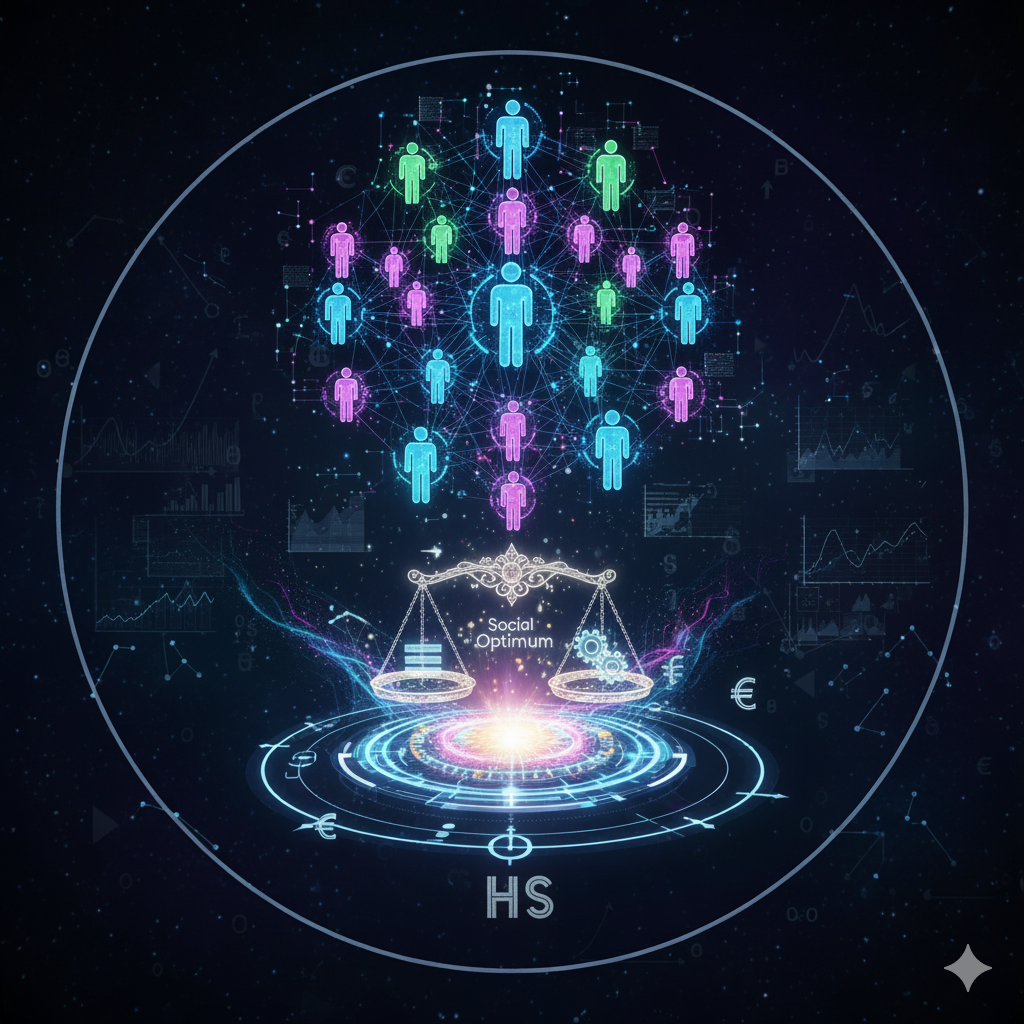Introduction
Stock trading has always been at the heart of global financial systems, providing a platform for individuals, corporations, and governments to raise capital, invest, and build wealth. Traditionally, trading required physical presence on stock exchange floors, where brokers and traders engaged in loud bidding wars to buy and sell shares. However, with rapid technological advancement, the face of stock trading has transformed. Today, trading can be done instantly from a smartphone, with artificial intelligence (AI) analyzing markets, online platforms connecting global investors, and blockchain offering transparent and secure transactions.
The future of stock trading lies at the intersection of technology, artificial intelligence, and digital platforms. These innovations are reshaping how trades are executed, risks are managed, and investment opportunities are accessed. This article explores the evolution of stock trading, the role of AI and online platforms, and how technology is paving the way for a new era of global investing.
Evolution of Stock Trading
From Open Outcry to Digital Platforms
In the past, stock trading primarily occurred on exchange floors through the open outcry system, where brokers shouted bids and offers. This method was time-consuming, error-prone, and limited to those physically present. The 1980s and 1990s saw the rise of electronic trading systems, such as NASDAQ, which introduced automation in trade execution.
The Rise of Online Platforms
By the early 2000s, online platforms like E*TRADE and TD Ameritrade brought trading to everyday investors. This democratization allowed individuals with internet access to participate in markets with minimal brokerage fees. Mobile apps have further revolutionized trading, enabling transactions in seconds from virtually anywhere.
Technology as a Game-Changer in Stock Trading
Technology is not just speeding up trading—it is redefining how decisions are made, risks are evaluated, and investors interact with markets.
1. Artificial Intelligence (AI) and Machine Learning
AI has become a crucial tool in analyzing vast amounts of financial data in real time.
- Predictive Analytics: AI can forecast stock price trends by analyzing historical price data, news, and social media sentiment.
- Algorithmic Trading: Automated AI-driven algorithms execute trades within milliseconds, capitalizing on even the smallest market inefficiencies.
- Risk Management: Machine learning models can assess portfolio risks and recommend diversification strategies to minimize losses.
2. Big Data and Market Insights
Every second, stock markets generate enormous volumes of data. Technology allows traders to analyze structured and unstructured data such as:
- Earnings reports
- Social media sentiment
- Global economic indicators
- Geopolitical developments
This helps traders make informed decisions quickly, a huge advantage in volatile markets.
3. Blockchain and Decentralization
Blockchain technology is introducing a new level of security and transparency to trading.
- Tokenized Assets: Stocks and bonds can be tokenized, allowing fractional ownership and borderless investment opportunities.
- Smart Contracts: These automate settlements, reducing delays and risks associated with intermediaries.
- Decentralized Exchanges (DEXs): Investors may increasingly trade directly with each other without relying on centralized exchanges.
4. Cloud Computing and Connectivity
Cloud-based systems ensure seamless connectivity, enabling high-speed trade execution across multiple global markets simultaneously.
The Role of Artificial Intelligence in Future Stock Trading
AI is not just assisting traders—it is becoming the core of decision-making in financial markets.
AI-Powered Trading Bots
- Execute trades automatically based on pre-set rules.
- Analyze thousands of data points in real time.
- Operate 24/7, unlike human traders.
Sentiment Analysis
AI can scan news articles, earnings reports, and social media to determine public sentiment toward a company or market trend. For example, a surge of positive sentiment on Twitter about a tech company could indicate rising stock demand.
Personalized Investment Strategies
AI can design customized portfolios for individual investors, factoring in:
- Risk appetite
- Investment horizon
- Financial goals
This ensures tailored strategies rather than one-size-fits-all solutions.
Online Platforms: Accessibility and Democratization
Online trading platforms are bridging the gap between professional traders and retail investors.
Features of Modern Trading Platforms
- User-Friendly Interfaces – Simple dashboards make trading easy for beginners.
- Low or Zero Commissions – Apps like Robinhood and Zerodha have popularized commission-free trading.
- Educational Tools – Tutorials, webinars, and paper trading help new investors learn without real risk.
- Global Access – Investors can now trade in international markets from their home country.
Social and Community Trading
Platforms like eToro have introduced social trading, where users can follow and replicate the trades of successful investors. This model is gaining popularity among beginners who want to learn by observing experts.
Benefits of Technology and AI in Stock Trading
- Speed and Efficiency – Trades executed in milliseconds.
- Lower Costs – Reduced fees and no need for physical infrastructure.
- Better Risk Management – AI-driven insights into diversification and hedging.
- Accessibility – Anyone with internet access can start trading.
- Transparency – Blockchain enhances trust through immutable records.
Challenges and Risks in the Future of Stock Trading
While technology is transforming trading, it also introduces new challenges.
1. Cybersecurity Threats
With increased digitization, platforms are vulnerable to hacking, fraud, and data breaches.
2. Market Volatility from Algorithms
High-frequency trading (HFT) can amplify market volatility, as large volumes of trades are executed in fractions of a second.
3. Overreliance on AI
AI is only as good as the data it processes. Biased or incomplete data can lead to poor investment outcomes.
4. Regulatory Challenges
Governments must update regulatory frameworks to handle issues such as:
- Cross-border online trading
- AI-driven decision-making accountability
- Use of blockchain in securities settlement
The Future Outlook of Stock Trading
The next decade is expected to see deeper integration of technology into financial markets.
Trends to Watch
- AI-Driven Portfolio Management: Fully automated portfolios adjusting to market changes in real time.
- Voice and Chat-Based Trading: AI assistants enabling trades through simple voice commands.
- Metaverse Trading Floors: Virtual reality (VR) could create immersive trading experiences where investors interact digitally.
- Global Tokenization of Assets: Stocks, real estate, and commodities may all be traded as digital tokens.
Investors’ Role in the Future
To succeed in this changing environment, investors must:
- Embrace technology and digital literacy.
- Stay updated on regulatory changes.
- Balance human judgment with AI-driven insights.
Conclusion
The future of stock trading is being shaped by technology, artificial intelligence, and online platforms. Trading is no longer confined to Wall Street; it is accessible to anyone with an internet connection and a smartphone. AI is making investment strategies smarter and faster, blockchain is making markets more secure and transparent, and online platforms are democratizing access to global opportunities.
However, with these benefits come challenges such as cybersecurity risks, regulatory complexities, and the danger of overreliance on technology. The investors of tomorrow must strike a balance between innovation and caution, using technology as a tool while applying sound judgment and ethical considerations.
In essence, the future of stock trading is digital, intelligent, and global—a transformation that holds immense potential for investors, businesses, and economies worldwide.




